Pallet
Pallet
Pallet
A pallet is a flat structure used in packaging to support goods during transportation and storage. It allows for easy handling by forklifts, pallet jacks, and other material handling equipment. Pallets are essential in the logistics and supply chain industry.
Types of Pallets
There are various types of pallets, including wooden, plastic, and metal pallets. Wooden pallets are the most common due to their cost-effectiveness and durability. Plastic pallets are lightweight and resistant to moisture, making them ideal for certain industries. Metal pallets are used for heavy-duty applications and can withstand harsh conditions.
Standard Pallet Sizes
Pallets come in different sizes, but the most common size is the 48x40 inch pallet. This size is widely used in North America. In Europe, the standard size is the 1200x800 mm Euro pallet. Knowing the standard sizes helps in planning and optimizing storage space.
Benefits of Using Pallets
Using pallets in packaging offers several benefits. They improve efficiency in handling and transporting goods. Pallets also help in protecting products from damage during transit. Additionally, they facilitate better inventory management by allowing for organized stacking and storage.
Recycling and Sustainability
Pallets can be recycled and reused, contributing to sustainability in packaging. Wooden pallets can be repaired and reused multiple times. Plastic pallets can be melted down and remolded into new pallets. Recycling pallets reduces waste and promotes eco-friendly practices in the packaging industry.
Blog Posts with the term: Pallet
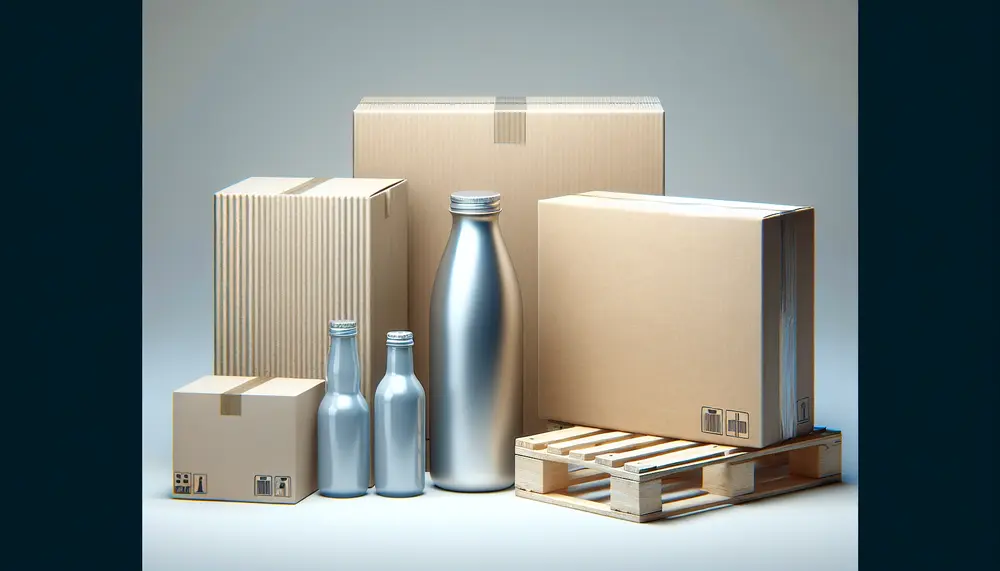
Packaging levels refer to the layers of packaging used from production to consumer, including primary (direct product contact), secondary (grouping and branding), and tertiary (bulk handling). Each level serves distinct purposes in protection, marketing, transportation, and regulatory compliance....
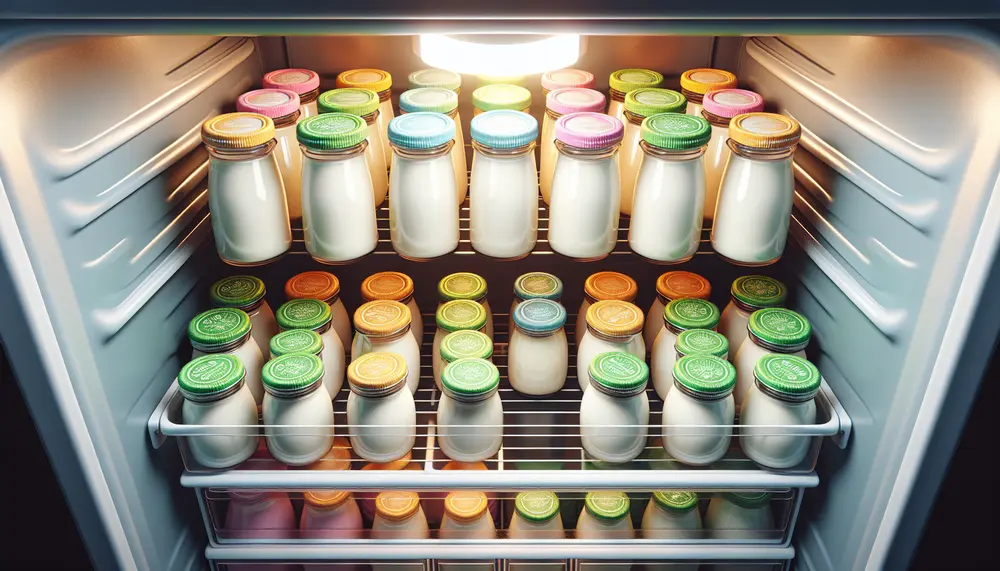
Yogurt packaging is essential for maintaining freshness, quality, and safety; it requires an effective barrier against oxygen and light, strength during transportation, regulatory compliance for food contact, and advanced sealing technology. Innovations in the market include smart features like freshness...

The packaging HS code is a ten-digit number essential for international trade, determining tariffs and ensuring compliance with regulations. It's part of the Harmonized System used globally by customs to classify products, where the first six digits are universal and...

Flexible and soft packaging materials are cost-effective, protective solutions that bend to fit contents; they combine substrates like plastics for barrier protection and branding. The industry is shifting towards these lightweight, customizable options due to consumer convenience, sustainability benefits, and...
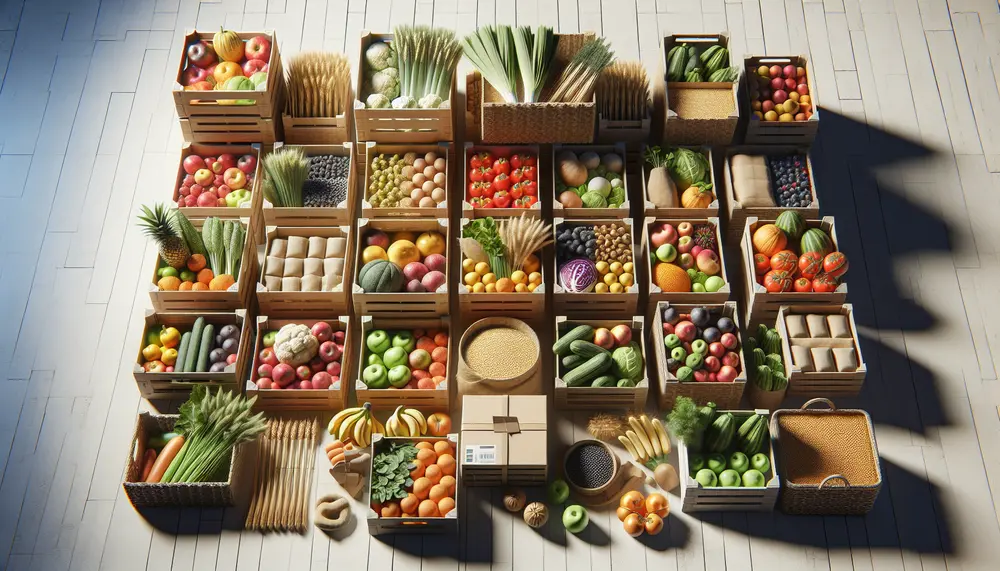
Understanding the Basics of Packaging Materials in Agriculture: Agricultural packaging is essential for protecting produce during transport and extending shelf life, with material choice balancing product needs, efficiency, marketing appeal, and sustainability. Choosing the Right Packaging for Your Agricultural Products: Selecting...

Protective packaging involves materials and methods to safeguard products from damage during shipping, handling, and storage. It is crucial for maintaining product integrity, reducing costs associated with returns and replacements, ensuring compliance with regulations, protecting against environmental factors, enhancing customer...

The pharmaceutical packaging HS code is essential for global trade, ensuring regulatory compliance, accurate tariff calculations, and efficient customs clearance. Understanding and correctly using the HS code helps businesses avoid delays, fines, and ensures smooth international operations by accurately classifying...
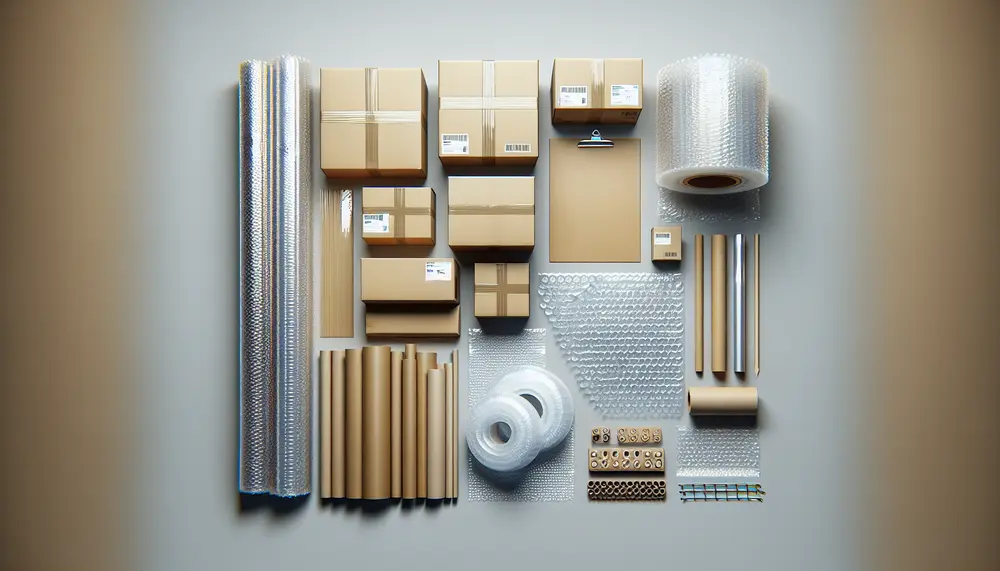
Packaging hazards pose risks to product safety during transportation and storage, stemming from physical damage, environmental conditions, and human error; addressing these requires a comprehensive design strategy. Shipping hazards are categorized into shock damage, vibrations, compression forces, and atmospheric conditions;...
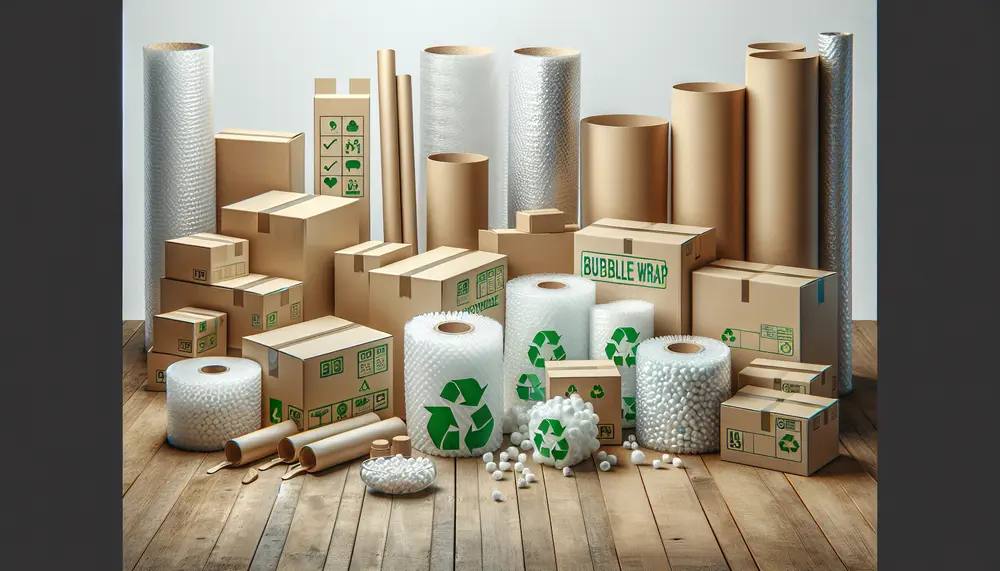
Packaging solutions in New Zealand are essential for product integrity, safe distribution, and brand identity; they must be durable for long transits and increasingly sustainable to meet consumer expectations. Quality packaging is crucial as it protects goods during shipping, enhances...
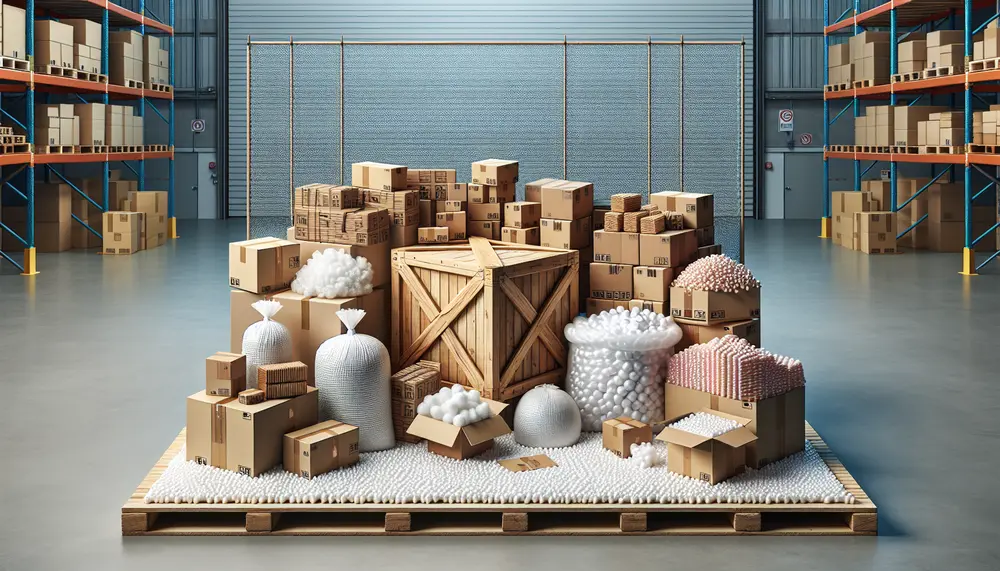
Packaging and packing are distinct processes in goods transportation; packaging focuses on product protection and presentation, involving design for brand identity, while packing is about enclosing products for safe distribution. Primary, secondary, and tertiary packaging provide different levels of protection...
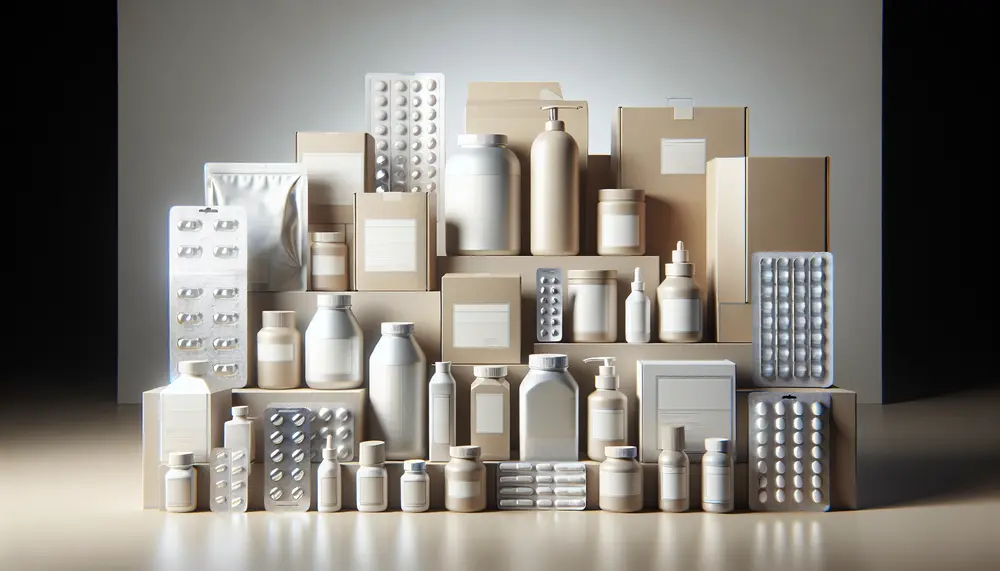
Pharmaceutical packaging and design are essential for ensuring medication safety, efficacy, and patient compliance. Effective packaging involves understanding regulatory requirements, material science, and user needs while providing protection, information, identification, convenience, and adherence to treatment plans; it must also comply...
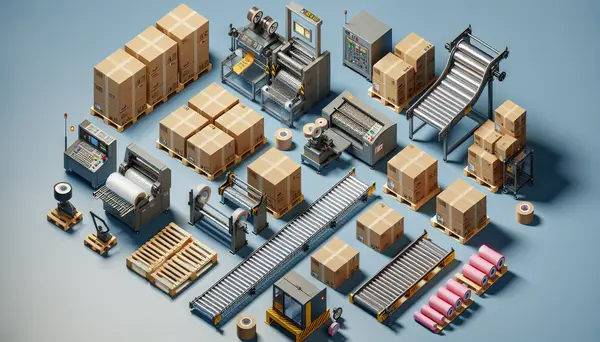
Industrial packaging production plays an integral role in modern manufacturing, spanning across many industries. Its process is meticulous, beginning with design and going through various manufacturing processes, all of which have been revolutionised by technology and automation for increased efficiency...
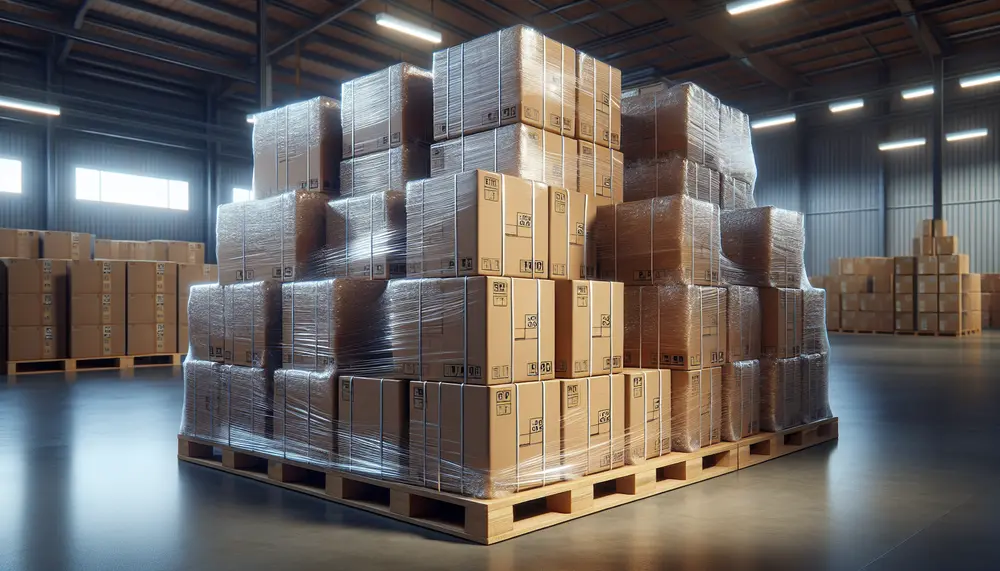
Stretch film is a highly elastic plastic material used to wrap and secure items, particularly on pallets, for transport or storage. It provides stability, protection from damage and moisture, comes in various types for different applications, but poses environmental concerns...
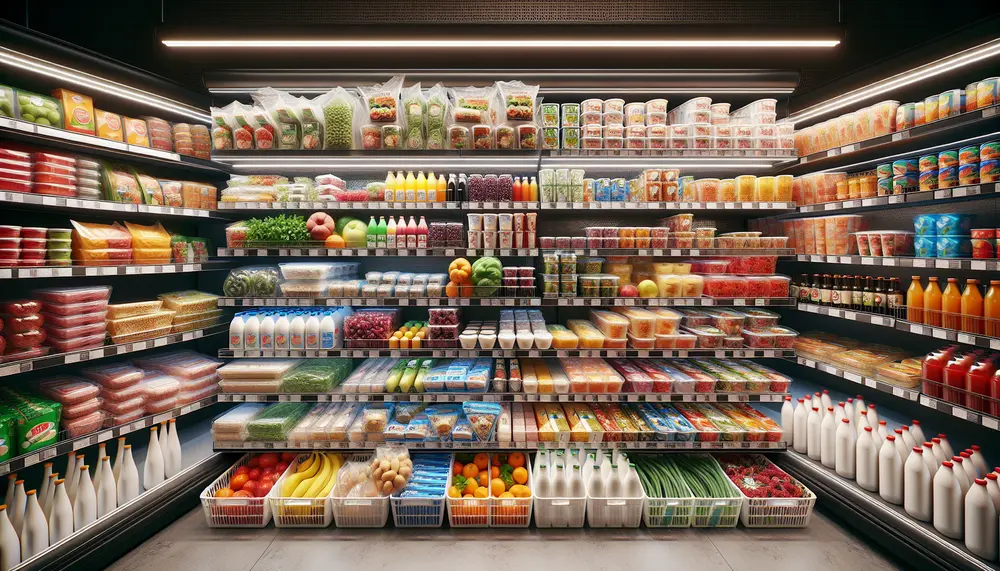
High Density Polyethylene (HDPE) is a crucial material in food packaging due to its durability, chemical resistance, and ability to maintain product integrity under various conditions. It offers advantages such as cost-effectiveness, lightweight nature, customization flexibility, and significant contributions to...
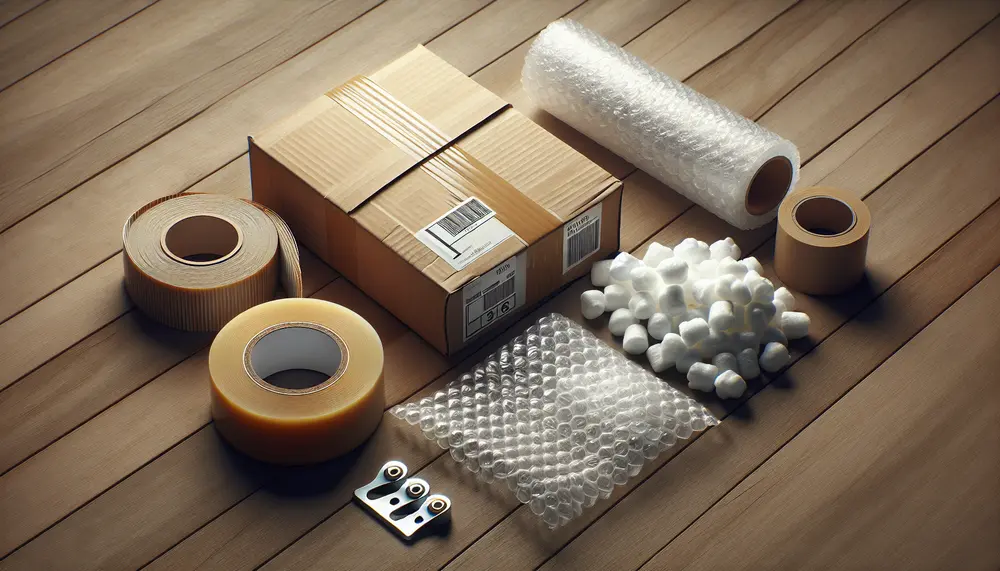
Packaging materials are essential for product protection, information dissemination, and marketing; material selection is based on factors like durability and sustainability. Plastic packaging offers versatility but faces environmental concerns, glass provides purity and recyclability, metal ensures strength and long-term preservation...
